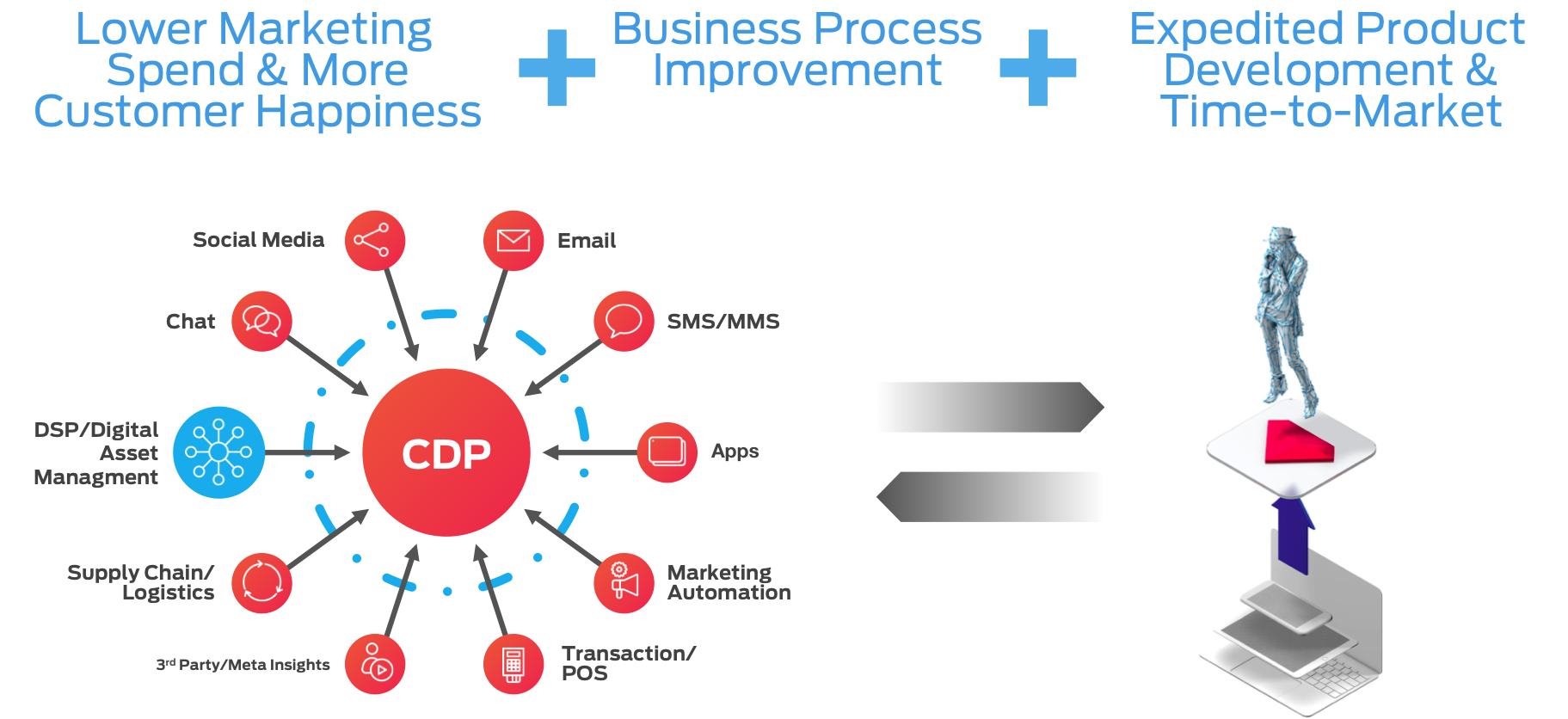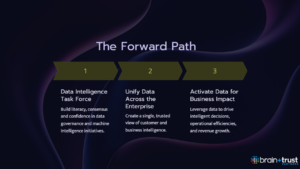In a previous post my colleague Scott Monty shared a word on The Silent Brand Killer, a brief note on the very real threat of brand dilution and competition that Amazon represents to just about any consumer-facing business. Today, we take a look at one of the immediate steps a company can take toward protecting its customer data from such a threat and improving profits, among other benefits.
The Mobile Reality
As a recovering mobile strategist (for which there is no known cure), I find myself each day driving, riding and more often walking through cities and society while observing human behavior. I observe these behaviors through a balanced lens that views our very terrestrial and analog beings and traits. Another lens is whether these connected devices enhance or malign our lives with their ubiquity. And let’s not forget the digital media that finds us as much we find the messages and experiences that influence what we buy and how we live.
Such a daily study further reveals – to no one’s surprise – that we stare at screens more frequently and for longer periods of time than we should. And that we are quick to converse with machines and vehicles, as much as with other humans. As we adopt new devices, media, and routines, no two people have the same behavioral sequence and traits.
Between the visual experiences of digital and analog signage and audio from spoken and broadcast messages, I gather insights and learn about how we are evolving. As I do, I inevitably arrive at one conclusion: these people, places, and media are each meant to meet the other in a way that is circumstantial, coincidental and ideally, personalized.
Stated another way, we each want to be looked in eyes and told the truth – at least, the truth as it can be told within certain media and message moments between a brand and a certain person.
Systems Integration, For Better, Or Worse
With the above reality, so many brands began in the late 2000s to make the case for operating with customer centricity in mind. From a systems and customer ID perspective, customer centricity means connecting systems to build a consistent and personalized experiences, regardless of where that customer next engaged the brand, such as:
- Using a brand’s mobile app
- Liking a brand’s Facebook page
- Subscribing to the brand’s email newsletter
- Using the same payment method in-store as used on the brand’s website
- Receiving a brand’s catalog at a specific mailing address
- Becoming a member of the brand’s loyalty program
When Tom Webster and I co-authored The Mobile Commerce Revolution (2014, Que), we included a simple chart to visualize how such connected system architecture may look, with a customer relationship management platform (CRM) at the center of the technology stack used to manage data and signals to each touch point the customer experience.

Back then, there were no CRM solutions on the market that could easily connect these disparate tools and systems. Any attempt by consultants and their enterprise resource planning (ERP) sidekicks to charge millions to perform systems integration simply couldn’t keep up with the velocity of new social networks, mobile apps and connected devices coming to market. All of the motions a brand went through to personalize communications and customer care fell short, as strangers were conversing in social media and email campaigns that lacked relevancy to the individual recipient.
At Last, The Golden Customer Record
Today, having a true north for customer intelligence is a requirement for any company that wishes to compete in volatile markets amid shifting commerce behaviors. It also doesn’t require a white-glove consultant or millions in budget to install a customer data platform (CDP) that creates a singular golden customer record – one that informs all nodes and tools for customer engagement to deliver contextually-relevant and personalized experiences.
In addition to delivering a customer experience that is no longer one-size-fits-all, the brand that properly installs a CDP stands to realize other advantages. Aside from informing all touch points while enriching customer records after each exchange or engagement, a CDP may also help lower marketing expenses by creating greater operational efficiencies and reduce the time needed for new product development and go-to-market efforts.

As if these new efficiencies weren’t enough, the critical requirement for a CDP extends far beyond immediate marketing and customer experience efforts. The many terabytes of unstructured customer data that a company has stored in disparate systems must be organized and reconciled with contemporary customer records.
Such data reconciliation and governance is a critical requirement for any brand wishing to boldly embrace real-time audience segmentation, conversational intelligence and chatbots, augmented and virtual reality, and other soon to be mainstream channels for meaningful customer experiences.
Readying for the Future
Companies must unify first-, second- and third-party customer data to have a clear and holistic view of customer behavior and preferences. Disparate systems mean disparate data that can be hard to unify, and the best CDPs on the market today can address this challenge. Without getting too technical, they can ingest structured and unstructured data, process it, and create automated and personalized marketing and communications.
Brain+Trust Partners believes that owning and governing your customer data, free from interference or threat from any third party, is critical for an ongoing competitive advantage in 2018 and beyond. Implementing a strategy for leveraging a CDP is major step toward that reality.
If we can help you grasp the promise of data unification, operating with a customer data platform in place, and having certainty in an uncertain world, please let us know.








Hi Tim – great post. One of our partners just came out of stealth mode and has some very interesting entity resolution tech priced for the masses that might be relevant for you and your team to get to know in the context of CDP. The company is called Senzing and I’d be happy to introduce you to their founder if interested. He too will be at Think.
Hey Marcus, thank you for stopping by and the kind words. Let’s catch up soon, and for sure, please connect me with Senzing at Think. Thank you in advance.
Thanks so much, Tim. Are there any particular CDPs you recommend? Two or three pricing tiers would be especially helpful.
Leave a comment